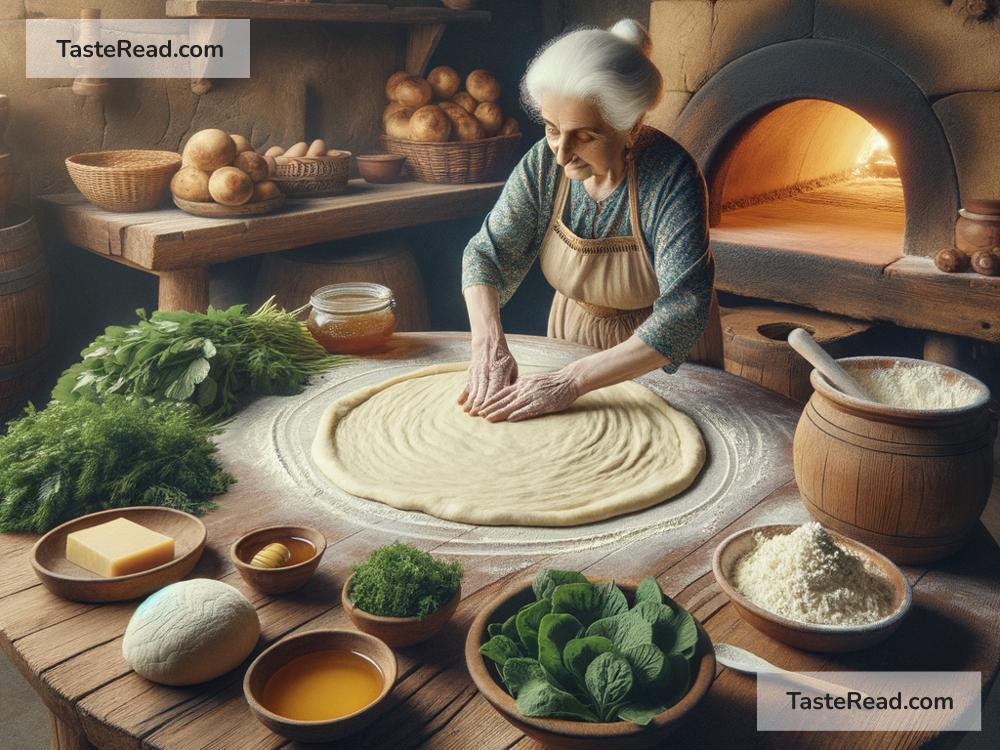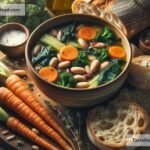Indulging in Rustic Flatbread Traditions in Armenia
Armenia, a beautiful country in the South Caucasus, is known for its rich history, stunning landscapes, and warm hospitality. But one of the most cherished treasures of Armenia lies in its food culture. At the heart of Armenian cuisine is a simple yet extraordinary creation: lavash, the traditional Armenian flatbread. Lavash is more than just food—it is a symbol of family, history, and unity. In this blog, let’s dive into the rustic traditions surrounding flatbread in Armenia and uncover the meaning behind this humble yet magical dish.
What Is Lavash?
Lavash is a soft, thin flatbread made from just a few basic ingredients: wheat flour, water, and salt. Yet, despite its simplicity, lavash holds a special place in Armenian life. Its golden, slightly chewy texture is perfect for wrapping, dipping, or serving alongside Armenian stews and grilled meats. Lavash can also be dried into crispy sheets, which will last for months and can be rehydrated with water when needed.
This flatbread is so important to Armenian culture that it was recognized by UNESCO as part of the Intangible Cultural Heritage of Humanity in 2014. It isn’t just about eating; making lavash is a craft, a tradition, and an experience that connects generations.
The Art of Making Lavash
Lavash is made through a fascinating and unique process, often passed down from mother to daughter for centuries. Traditionally, lavash is baked in a tonir, a clay oven built into the ground. The tonir has played a central role in Armenian cooking for thousands of years. It not only serves as a tool for baking but also represents warmth, home, and community.
To make lavash, women knead the dough until it is smooth and elastic. They roll it out into large, thin circles using wooden rolling pins. Then, with great care and skill, the dough is stretched and slapped onto the walls of the hot tonir, where it sticks and bakes quickly, often in less than a minute. The result is a soft, fragrant flatbread that’s still warm from the oven.
Watching this process feels like witnessing a dance or a ceremony. It requires strength, precision, and teamwork—and in Armenia, it is often done in groups. Women gather to make lavash together, laughing, sharing stories, and passing down traditions in the process.
Lavash as a Symbol of Unity
Lavash is more than just food; it carries deep cultural and emotional meaning. In Armenian homes, lavash is always present at the table. It is often used as a tool for sharing meals and nurturing bonds. For example, families might tear pieces of lavash to wrap around kebabs, vegetables, or cheese, creating hearty, handheld bites.
Lavash also plays a role in Armenian celebrations and rituals. During weddings, lavash is placed over the shoulders of the bride and groom to symbolize prosperity and fertility. And when families gather for a meal, breaking lavash together becomes a moment of connection. The bread is a simple reminder of life’s basic joys: good food, family, and togetherness.
For Armenians living abroad, lavash is a nostalgic link to home. It carries the taste of memories—of childhood, family gatherings, and the smells of a tonir burning wood. Whether eaten fresh or dried, lavash is a reminder of one’s roots.
Rustic Flatbread Beyond Armenia
Although lavash is deeply rooted in Armenian culture, its appeal has stretched far beyond the country’s borders. This versatile flatbread can now be found in international markets and bakeries. Its light texture and neutral flavor make it a favorite choice for wraps and sandwiches around the world.
In neighboring regions like Georgia and Iran, variations of flatbreads can also be found, but lavash has its own distinct personality. When travelers visit Armenia and taste freshly baked lavash from a tonir, they can truly feel the difference. Many find lavash to be soul-warming—simple yet unforgettable.
How to Experience Lavash in Armenia
If you ever visit Armenia, tasting lavash is a must! You can enjoy it in many ways: with cheese and herbs, wrapped around grilled meats, or alongside hearty stews. But to experience the true magic of lavash, consider visiting a village or traditional bread-making workshop. Here, you can witness artisans skillfully preparing it in a tonir, and some places even allow you to try baking it yourself.
Pair lavash with khorovats (Armenian barbecue) or dolma (stuffed grape leaves) for an authentic dining experience. Don’t forget to savor it with fresh herbs like cilantro and mint, or dip it into creamy spreads like matsun (yogurt).
Conclusion
Lavash is more than just a flatbread; it’s a story, a tradition, and a way of life in Armenia. Making and sharing lavash brings people closer together, sparking memories and spreading joy. Whether eaten fresh from the tonir or dried for long journeys, lavash connects the past, present, and future, keeping Armenian culture alive.
So, when you indulge in a piece of lavash, know that you’re tasting more than just bread—you’re enjoying a slice of history. Next time you visit Armenia, be sure to immerse yourself in the rustic charm of flatbread traditions—you’ll leave with a full stomach and a heart full of appreciation for this timeless treasure.


